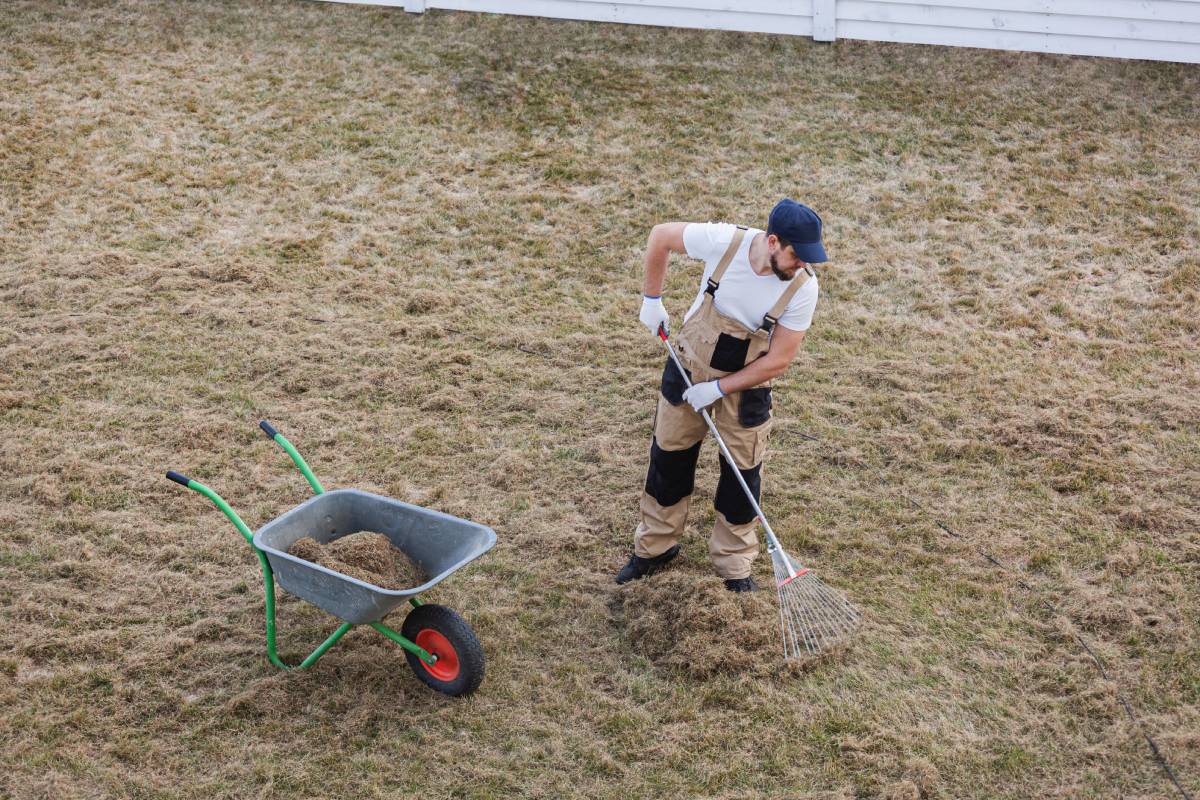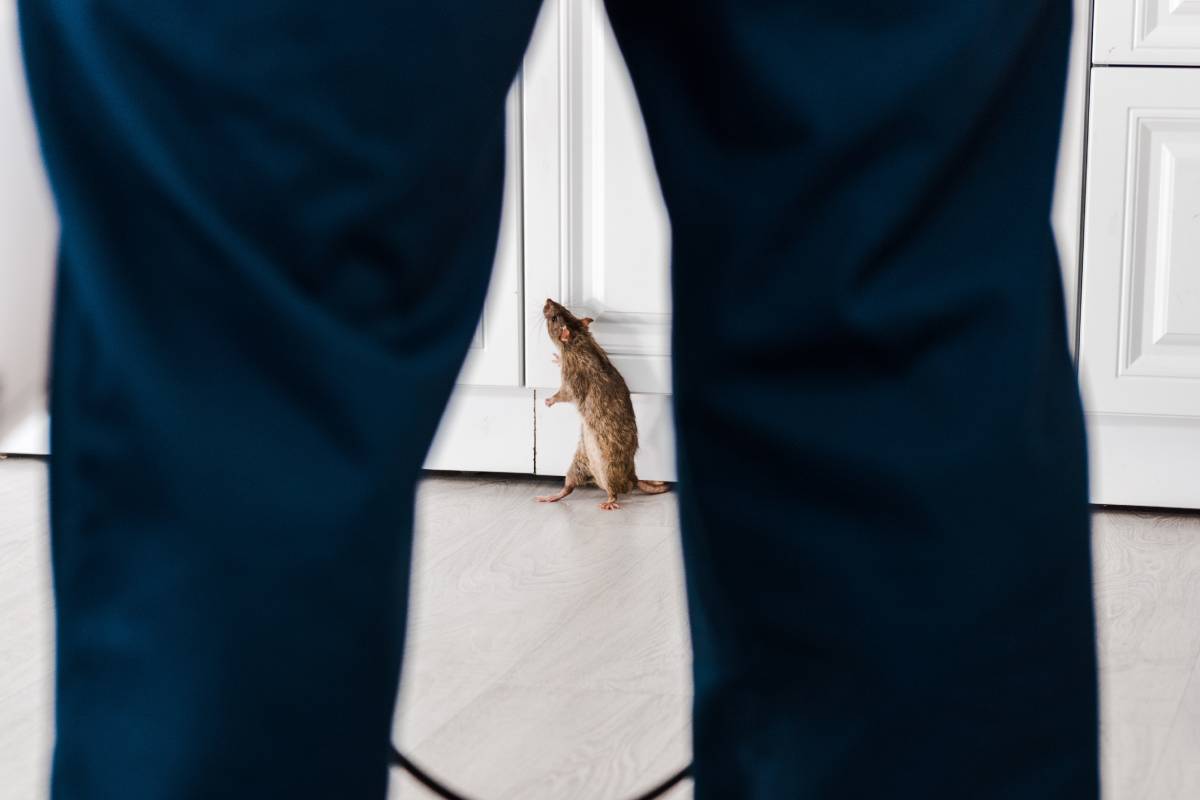
Rats are often seen as resilient and resourceful creatures, capable of surviving in harsh environments and adapting to a wide range of conditions. However, despite their tenacity, rats are not invincible.
From surviving falls to evading predators, these small rodents display a remarkable set of survival instincts. Understanding how far a rat can fall without getting injured, whether they can suffer from such falls, and what truly scares them, can offer valuable insights for managing rat populations and preventing infestations.
In this article, we will explore the fascinating behaviors of rats, including their ability to survive falls, the injuries they may sustain, and the factors that frighten them the most. By understanding these aspects, we can take more informed steps in dealing with these elusive pests.
How Far of a Fall Can a Rat Survive?
Rats are surprisingly resilient when it comes to surviving falls from significant heights. Due to their low body weight and high surface area, rats fall slower than larger animals and are less likely to reach terminal velocity, which helps them withstand impact.
Typically, rats can survive falls from about 50 feet (15 meters), though the outcome depends on factors like the landing surface and their physical condition.
Soft surfaces like grass are safer than hard ones like concrete, and landing on their feet can help reduce injury. While rats can survive high falls, they are still susceptible to injury, including broken bones or internal damage.
Can Rats Get Hurt if They Fall?
While rats are capable of surviving falls from high places, they are not immune to injury. When a rat falls, several factors determine whether it will sustain harm or escape unscathed.
The main variables that influence the outcome of a fall include the height, the landing surface, the rat’s physical condition, and how the rat falls.
Height
As mentioned earlier, rats are more likely to survive falls from lower heights, such as from the second story of a building.
However, the higher the fall, the greater the risk of injury. When a rat falls from a height greater than 50 feet, the chances of injury increase.
The force of the impact can cause damage to the rat’s bones, internal organs, or even result in death in extreme cases.
Landing Surface
The surface on which the rat lands is another important factor. Soft surfaces like grass, dirt, or carpet are much more forgiving than hard surfaces like concrete or asphalt.
A rat that lands on a soft surface may have a better chance of surviving the fall without injury. In contrast, falling onto a hard surface increases the likelihood of injury, as the rat’s body has less room to absorb the shock of the impact.
Physical Condition
A rat’s physical health also plays a role in its ability to survive a fall. Healthy, strong rats are more likely to survive falls without injury compared to weaker, malnourished rats.
A rat’s age can also affect its ability to withstand a fall. Younger, more agile rats are generally better at surviving falls than older, slower rats.
How the Rat Falls
Rats are known for their ability to twist and turn in mid-air, which helps them adjust their posture and land on their feet.
This is similar to how cats can often land on their feet after a fall. However, if a rat falls in an awkward position, such as on its side or back, it may be more likely to sustain injuries.
Despite their ability to survive falls, rats can still get hurt. Broken bones, internal bleeding, and organ damage are all possible consequences of a fall. In some cases, a rat may suffer from shock or injury that prevents it from surviving even a relatively short fall.
What Scares Rats the Most?
Rats are often depicted as fearless creatures that are not easily startled, but in reality, they are highly sensitive and have an acute sense of danger.
Rats, like most animals, have a natural instinct to avoid threats and seek safety when they feel threatened. There are several things that scare rats the most, and understanding these fears can help in controlling rat populations and preventing infestations.
- Loud Noises: Rats are scared of loud noises like clapping or footsteps, which make them flee. Ultrasonic repellents use high-frequency sounds to deter them.
- Predators: Rats fear predators such as cats, owls, and snakes. The scent of these animals can cause rats to seek shelter, which is why cats can help reduce rat problems.
- Bright Lights: Rats are nocturnal and prefer dark, hidden areas. Bright lights can scare them into hiding, which is why they are more active at night.
- Strong Smells: Certain scents like peppermint or ammonia repel rats. These smells mimic predator scents and make rats avoid specific areas.
Changes in Their Environment: Rats are sensitive to environmental changes. Disturbing nests or removing food sources can cause them to become anxious and seek new hiding spots.
Warning Signs of Pests
When dealing with a rodent infestation, it’s essential to recognize the warning signs of pests such as:
- Droppings: Rat droppings are usually dark, pellet-shaped, and about the size of a grain of rice. Finding droppings in areas like cupboards, behind furniture, or along walls can be an early sign of a rodent problem.
- Gnaw Marks: Rats have strong teeth that they use to gnaw on objects. Look for gnaw marks on wood, wires, insulation, and other materials, especially in areas like attics or basements.
- Scratching Noises: Rats are active during the night, and you may hear scratching or scurrying sounds in the walls, ceilings, or attic, particularly after dark.
- Nests: Rats often build nests in hidden, undisturbed places such as behind appliances or in insulation. If you find shredded paper, fabric, or other debris, it could be a sign of a rat nest.
- Odor: A strong, musty odor may indicate the presence of rats. If there is a significant build-up of droppings or urine, it can create an unpleasant smell that lingers.
Professional Services for Rodent Control
If you’re struggling with a rat infestation or are concerned about the risks associated with rats, it’s essential to take action. One of the most effective ways to deal with rats is by contacting professional pest control services.
Expert pest control companies can assess the situation, identify potential entry points, and implement strategies for long-term rat control. They can also provide guidance on preventing future infestations by offering tips on sealing gaps, removing food sources, and addressing environmental factors that attract rats.
Using professional services can ensure a more efficient, humane approach to rodent control, minimizing the risk of injury or health hazards in your home. If you’re in Brisbane or the surrounding areas, reaching out to local pest control experts like Pest Control Brisbane.com will help safeguard your home from these invasive creatures.
Conclusion
Rats are incredibly resilient animals, capable of surviving falls from impressive heights and withstanding dangerous situations. While they may not be invincible, their ability to adapt to their environment, including surviving falls, is one of the reasons why they are so successful at living alongside humans.
However, despite their toughness, rats are not immune to injury from falls, especially if the conditions are unfavorable. Additionally, rats are not as fearless as they may seem; they are deeply sensitive to loud noises, the presence of predators, bright lights, and strong smells.
Understanding how far a rat can fall, the potential for injury, and the things that scare them the most can help homeowners and pest control professionals better manage rat populations and prevent infestations.
Whether it’s using deterrents to keep rats at bay or taking steps to reduce the risks of injury, knowing the behavior of rats is key to effectively managing these common household pests.











